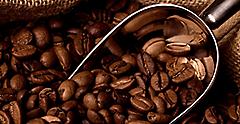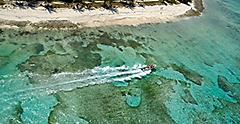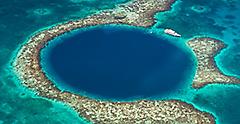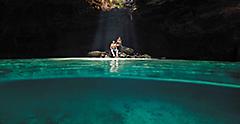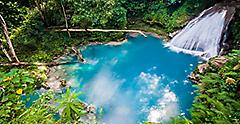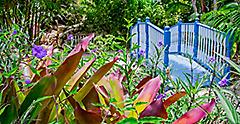
Make A Jamaica Trip Full With Friendship
When I first set foot in Jamaica, I was greeted by the island's relaxing energy and warming sun. I had spent a few months in a cold region before heading to the Caribbean for my island hopping cruise adventure, and I longed for healing time in paradise. The Caribbean is packed with postcard islands, so standing out from that crowd is no easy task, but Jamaica is something else. It lulls you with its easygoing music, friendly locals, spirited street life, and succulent island cuisine. Jamaica is a place you can see, hear and taste — it is simply beaming with life.

Under The Sea In Belize With Ease
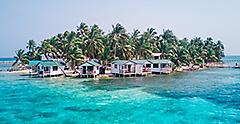

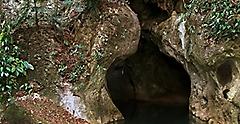
Grand Cayman’s Grand Expectations For Generations

Only three words mattered to me when our cruise ship anchored in Grand Cayman; Seven. Mile. Beach. I had heard of this crescent-shaped, award-winning slice of beach paradise many times throughout the years, with its wonderfully soft sand and impossibly clear waters, and I was desperate to reach it. I could see the sparkling water from the cab and the closer I got, the more beauty I could see. Then, finally, I was walking on the powdery sand and soon broke into a sprint toward the water. Seven Mile Beach is an expansive waterfront open to the public, and it's lined by luxury resorts, restaurants, and bars. You can parasail, kayak, paddle-board or just chill on a hammock. I chose the latter.
After taking in the beauty of Seven Mile Beach, I took a tour to what locals call the Sister Islands (Cayman Brac and Little Cayman) to try something I had never done before: bird-watching. The islands feature more than 200 bird species and are home to more iguanas than humans. Locals were incredibly friendly and helped me find the best spots to watch wildlife. It was a refreshing experience during which I could slow down and admire the magic of the Cayman Islands.
Roatán’s Beauty, Never Miss The Offshore Bliss

When first visiting Roatán in Honduras, I just wanted to go diving, but then I realized that a lot of Roatán's beauty lies above the water as well. Trying to leave "the best for last," I opted for skipping the splash and headed to the Monkey Trail Canopy for some zip-lining. I was flying high above the ground and then through the forest, watching monkeys and macaws go about their lives. Then, suddenly, I saw a sloth hanging from a tree branch. A local woman told me that sloths symbolize relaxation, groundedness, and patience. Being in the presence of such a revered animal was enlightening and soothing, as I always say I want to live slow, like the majestic sloth.
After my jungle exploration, it was time to enjoy what Roatán does best: scuba diving. The island is lined by a surprising amount of coral reef, where brightly colored tropical fish calmly swim against a turquoise background. I felt like a mermaid as I traversed among the underwater beauty, becoming one with the surroundings. Port Royal and Mary's Place are some of the best spots for snorkeling or diving. I was able to easily find coral gardens, and the famous Odyssey and Aguila shipwrecks. My pictures from this part of the trip were some of the best I have ever taken, really capturing a world very few people get to see in person.
Propel To Cozumel, La Isla Bonita

Cozumel is what Caribbean island hopping dreams are made of — it's quiet and playful, busy and isolated, historic and modern. Cozumel is beautiful. Located in the Yucatán Peninsula of Mexico, Cozumel welcomed me with open arms as I explored its coast and beyond. I rented a scooter and zipped around at my own pace, making stops to discover hidden beaches, Maya ruins and off-road trails. I circled the entire island in less than two hours. By far my favorite beach was Palancar because of the great snorkeling.
I also made a quick stop by Punta Sur Eco-Park, the largest ecological reserve on the island of Cozumel. Mangrove swamps and tropical jungles were filled with wild flamingos flying over the lagoon, fish gliding under the water, and iguanas running aground. I went up to the top of a lighthouse and was welcomed by sweeping views of the Caribbean Sea. I took a deep breath to inhale the healing salty air and knew right then and there that my trip had been worth every effort.
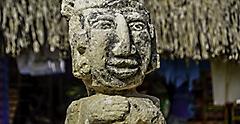
Another great stop was the Maya ruins in San Gervasio, the center of pilgrimages where the Maya worshiped "Ixchel," the goddess of medicine. I arrived in the middle of a tropical jungle to find several structures spread out through the area. After some time sauntering around the sacred paths, known to the ancient Maya as Sacbe, I noticed a big hole in the ground. I asked a local about it, and he said it was a portal to the Netherworld. I slowly got closer to the hole, which was surrounded by rocks and saw a body of water inside. "Or maybe it's just a tiny cenote," he then said, smiling. A small cenote is a source of water, but according to Maya mythology, it's a passage to a realm known as Xibalba or the "place of fright." The holes were supposed to be ruled by death gods and their helpers. I stared at the mystical sinkhole and could hear the water running. After a while, it started to sound like a beautiful song. It's not just a cenote, I thought.
After driving around the island, I decided to close my visit to Cozumel with a chocolate margarita from the Mayan Cacao Company. Roberto, my tour guide, said we were embarking on an interactive experience. "This is not a museum," he said, "you are part of the action." And he was right. I was not just learning about cacao and its importance to the Maya — they called it the "food of the gods" — but I actively participated in the tour. I was part of a Maya purification ritual, made my own chocolate using historical utensils, and concocted a chocolate margarita using local tequila. In the end, I learned that chocolate was not just a delicious treat but a precious and valuable currency to the Maya.
Taking A Western Caribbean Island Vacation Can Change Your Life
Get Royal Deals, Sign Up Today

Getting There
Explore Our Most Affordable Itineraries
Become an expert on Caribbean island hopping on your next Western Caribbean Cruise.




